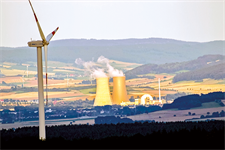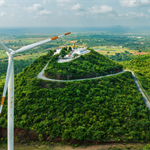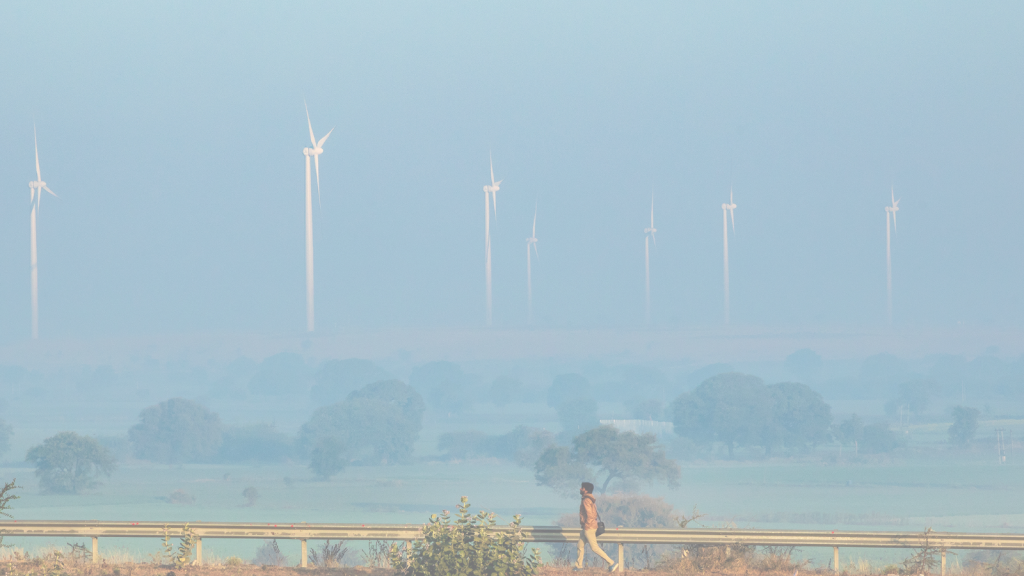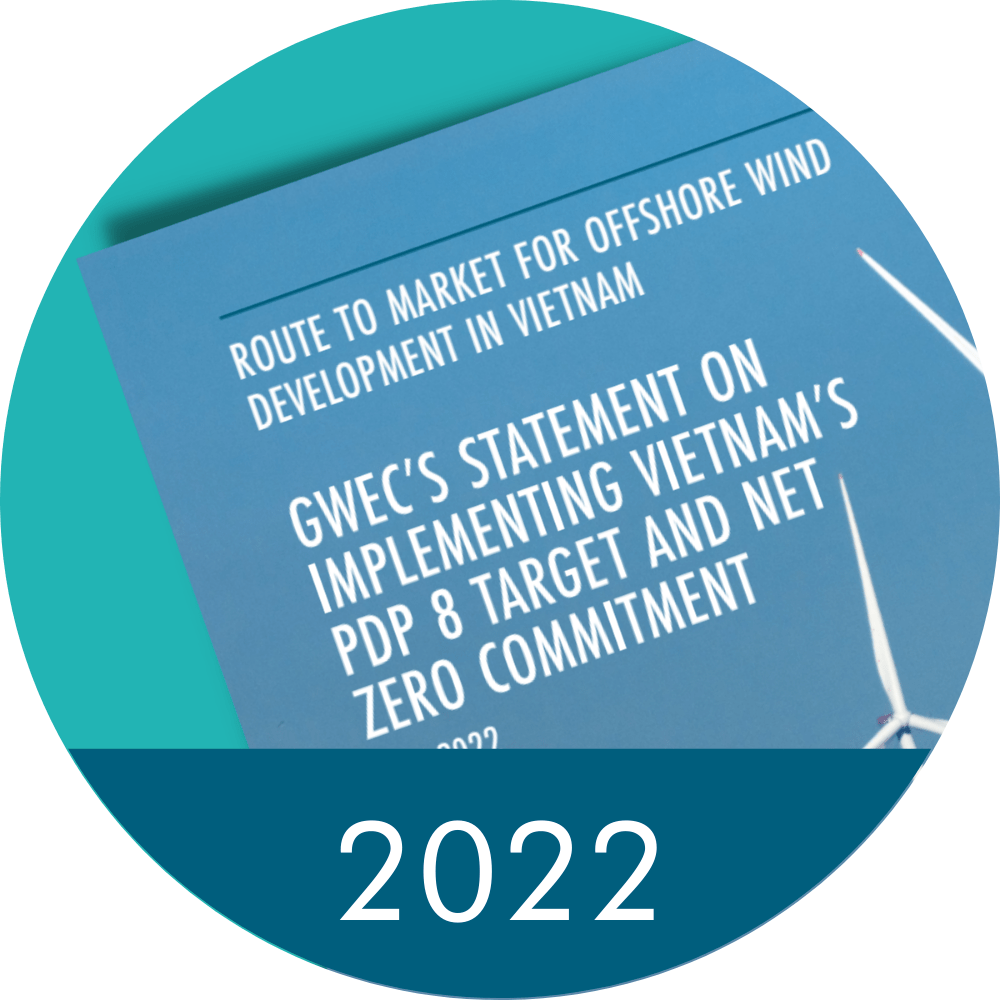Poland looks to renewables and nuclear to wean itself off coal
Energy Disrupter
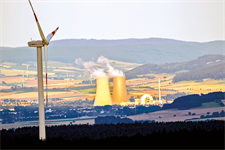
The country’s updated energy policy to 2040 (PEP2040) presented by climate minister Michael Kurtyka on 8 September and awaiting final approval from the cabinet, targets reducing coal’s share of electricity generation from about 75% at present to 37-56% in 2030 and 11-28% by 2040.
In the previous version of the plan, coal’s share in electricity generation was seen falling to 56-60% by 2030 and to 28% by 2040. The exact share of coal in the power mix will depend on carbon emission costs, the climate ministry said.
Greenpeace pointed out that Poland still has not announced a date for its exit from coal and said the new plan “does not respond to the challenges of the climate crisis.” In a report published earlier this year, Greenpeace Poland said the country could wean itself off coal power by 2035 even under a “business as usual” scenario.
The new plan sees renewable sources accounting for at least 32% of electricity by 2030. That year, greenhouse gas emissions are also targeted to be 30% below 1990 levels.
Poland aims to have 8-11GW in offshore wind farms operating in the Baltic Sea by 2040, with the first capacity online in 2025 and reaching 5.9GW by 2030. Onshore wind capacity is targeted to reach 10GW by 2030, up from 6.25GW currently. Solar PV capacity is seen rising to 5-7GW in 2030 and 10-16GW in 2040, from about 2.2 GW now.
Polish wind energy association PSEW says the government is underestimating the potential for wind to contribute to decarbonisation. Up to 17GW of wind farms could be built by 2040, while onshore wind capacity will already reach 10GW in about 2023, as projects awarded contracts in 2018 and 2019 auctions are commissioned, according to the trade body.
“Bearing in mind that onshore wind power is already the cheapest electricity generation technology in Poland, and the costs of energy production from offshore wind continue to decrease dynamically, the transformation of the Polish energy system could be much cheaper than in the scenario outlined in PEP2040,” said Kamila Tarnacka, deputy CEO of PWEA.
Poland also aims to see its first, 1.0-1.6GW nuclear plant operational in 2033, and is targeting the commissioning of a new reactor every two or three years to reach total capacity of 6-9GW. The government claims building nuclear plants is necessary to provide baseload capacity as coal’s share of power generation decreases.

